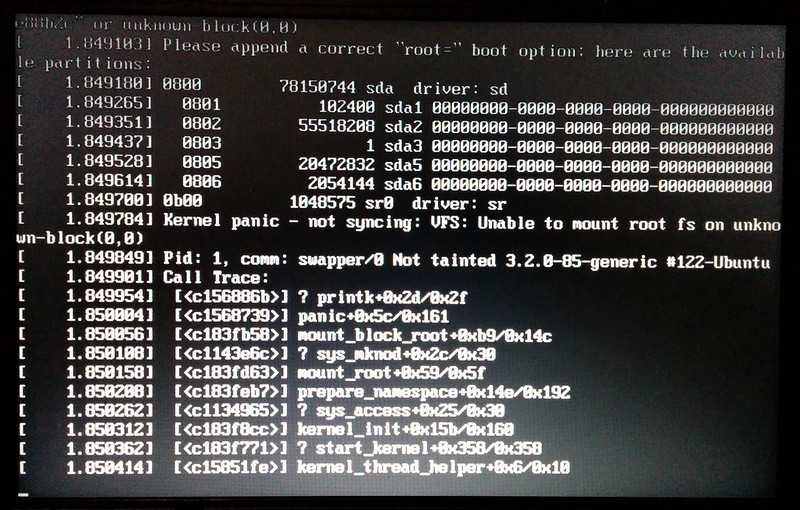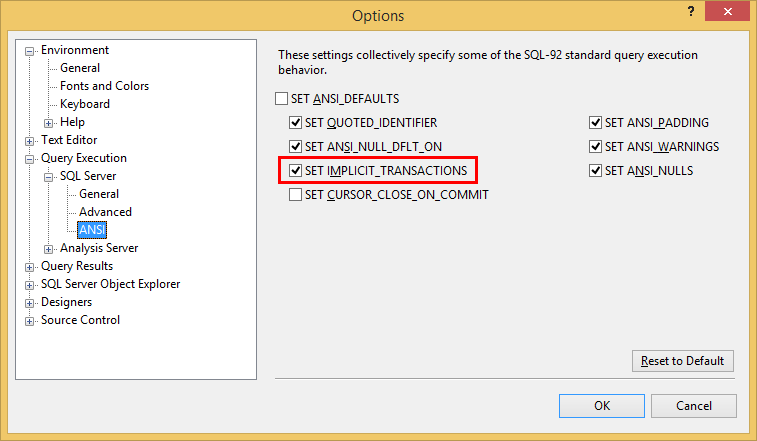On my personal blog, on a post about the Melbourne public transport smartcard Myki, this comment popped into the moderation queue:
I found another very uefsul behaviour this morning.I don’t touch off when I get home at night. While, this seems weird how do they know I got off in Zone 1 (for which I have a pass) and didn’t travel into Zone 2 (for which I should be charged Money)? But, the fare manual says that if you have a MyKi Pass and you touch on in a zone for which that pass is valid (Parliament in my case) then there is no default fair.So, every morning when I touch on, it tells me deducting fare for previous trip . Which is $0.00. Cool.This morning I forgot to touch on some power issues on our line, got to chatting with the Station Hosts, just forgot. When I got to Parliament, I fully expected the gates to deny me egress and I’d have to do the silly thing where you act exasperated and they just wave you through the end gate even though you’re holding nothing but a wallet in your hand (MyKi works while in the wallet).BUT, it let me through. Seems that it’s happy enough that I started a trip (at Parliament) last night, spent 16 hours travelling and ended my trip back where I started. So it let me out basically a touch off of the trip home last night.Bizarre. But uefsul.
At first glance, it looked on-topic. But I was suspicious because the user link was to facebook.com/profile.php?id=XYZ (I’ve removed the ID) — and it came in the middle of a bunch of other (less-relevant) comments linking to similar URLs.
Googling around for key words in the comment, I found that it’s a copy of a comment from a completely different blog, with various misspellings inserted, and paragraph breaks removed. The original:
I found another very useful behaviour this morning.
I don’t touch off when I get home at night. While, this seems weird – how do they know I got off in Zone 1 (for which I have a pass) and didn’t travel into Zone 2 (for which I should be charged Money)? But, the fare manual says that if you have a MyKi Pass and you touch on in a zone for which that pass is valid (Parliament in my case) then there is no default fair.
So, every morning when I touch on, it tells me “deducting fare for previous trip”. Which is $0.00. Cool.
This morning I forgot to touch on – some power issues on our line, got to chatting with the Station Hosts, just forgot. When I got to Parliament, I fully expected the gates to deny me egress and I’d have to do the silly thing where you act exasperated and they just wave you through the end gate even though you’re holding nothing but a wallet in your hand (MyKi works while in the wallet).
BUT, it let me through. Seems that it’s happy enough that I started a trip (at Parliament) last night, spent 16 hours travelling and ended my trip back where I started. So it let me out – basically a touch off of the trip home last night.
Bizarre. But useful.
It seems the spammers are trying to get a bit more clever at sneaking their comment posts past moderators.
I still don’t know why, given WordPress has used NoFollow on their comment links for about ten years now.




